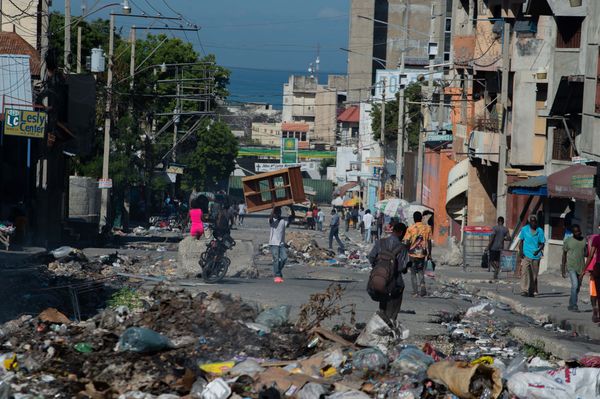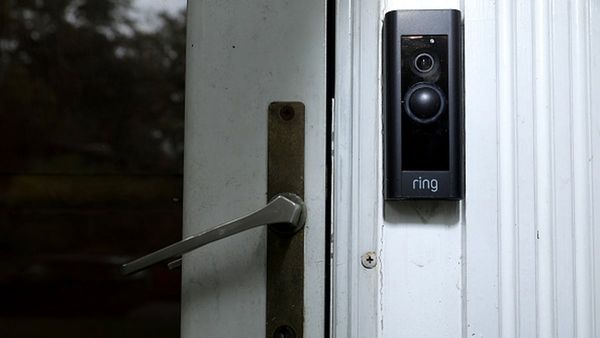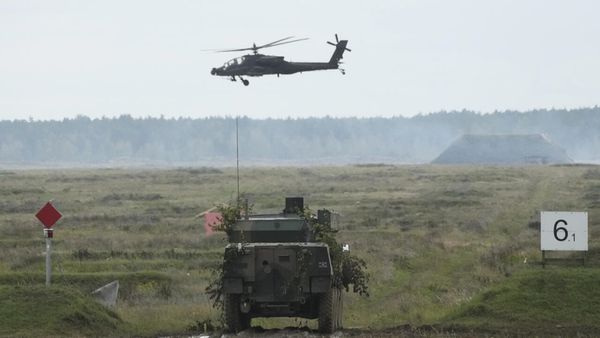MY constituency of Skye, Lochaber and Badenoch contains the most beautiful places in all of Scotland, if not the world.
From the famous Cuillin Hills on Skye, to the white sands of Camusdarach Beach, to the mighty Ben Nevis and ancient Cairngorms to monumental castles, mysterious standing stones and the elusive Nessie – Skye, Lochaber and Badenoch (including Loch Ness, the Black Isle, and Dingwall) abounds in Instagram-worthy sites.
But behind every single one of them is a thriving Highland community, which protects the heritage and culture of villages and towns.
It’s no wonder that the constituency attracts – especially in the summer months – visitors from all over the globe. Every year, an estimated half-a-million people flock to see the Glenfinnan Viaduct; the Fairy Pools on Skye attract nearly 200,000 tourists and Ben Nevis sees roughly 130,000 adventurers attempt to reach its lofty summit.
Tourism has always been a mainstay of the Highland economy, with the numbers increasing year on year due to Instagram advertising. With that comes the challenges of managing huge volumes of people, in small places that never expected such high numbers.
Over the past few years, I have drawn together local community bodies, public-sector organisations and councils to find solutions that work for everyone. One size doesn’t fit all and there is no point in trying to do that. It requires painstaking work in each of the local sites.
In Glenfinnan, I’ve worked consistently alongside the Glenfinnan Community Council, Glenfinnan Community Facilities SCIO and other key stakeholders in a sustained effort to bring much-needed change.
A few years ago, that resulted in an expanded car park. But within years, especially driven by the impacts of Covid and the rising popularity of the viaduct, the car park was too small. Just building more car parks seems counterproductive.
Laying Tarmac over the best of the Highlands is short sighted. And so, we’ve been exploring ways to change behaviour – shuttle buses from Fort William, more frequent train services and educating visitors on how and where to park.

Through the Scottish Parliament, we’ve secured new powers for The Highland Council to enforce parking charges on trunk roads to reduce illegal parking along the A82 for those wishing to catch a glimpse of the Jacobite steam train without paying for parking.
It is remarkable that anybody thinks its safe or appropriate to park along an A-road such as the A82, and yet visitors are so determined to see the steam train that they do.
Before this approach, it was up to local communities to find solutions. That was a huge burden for them to bear alone. To make any progress, it’s taken continual engagement with not just the local community and Highland Council, but also Transport Scotland, Police Scotland, Network Rail, ScotRail, HITRANS, Shiel Buses, West Highland Chamber of Commerce, National Trust for Scotland, VisitScotland and local elected members.
In other words, there is no single organisation who can deliver the improvements alone. This wide net approach ensures that productive, long-term solutions can emerge, taking into account the big picture.
I’ve used the same approach to tackle a similar problem at the Fairy Pools in Skye and, after a long campaign for improvements, I formally opened new facilities there in July 2021. These included an £800,000 investment in a 140-space car park and off-grid toilet block.
More recently, the Scottish Government has provided funding for road improvements to Fairy Pools and Neist Point on Skye.

I’ve always been a strong proponent of the Rural Tourism Infrastructure Fund (RTIF), and even saw it doubled while I was Cabinet Secretary for Finance back in 2021. The RTIF has been a valuable resource for rural communities across the country, as it was created to address the infrastructure problems caused by high tourist numbers.
Many of the upgrades to Glenfinnan are good examples of RTIF in action. Last year’s round secured another phase of development, which included the creation of a footbridge and new paths for visitors.
Through RTIF, Glen Nevis has also seen improvements, with the installation of public transport access facilities, upgraded parking, more signage, new paths and toilet facilities at their Lower Steall Falls car park.
Some £20 million of grant funding has been awarded to 75 projects across rural Scotland since the start of the fund. The RTIF has truly empowered communities to solve local problems and people across the Highlands have used it well.
According to VisitScotland, tourism generates £10.8 billion in visitor spending annually, with the sector also providing employment for 245,000 people across 16,045 tourism businesses.
It’s vital this sector is well served by both local infrastructure and national policy. While ensuring through both of these things that we also mitigate the effects of high tourist numbers to our rural populations.







